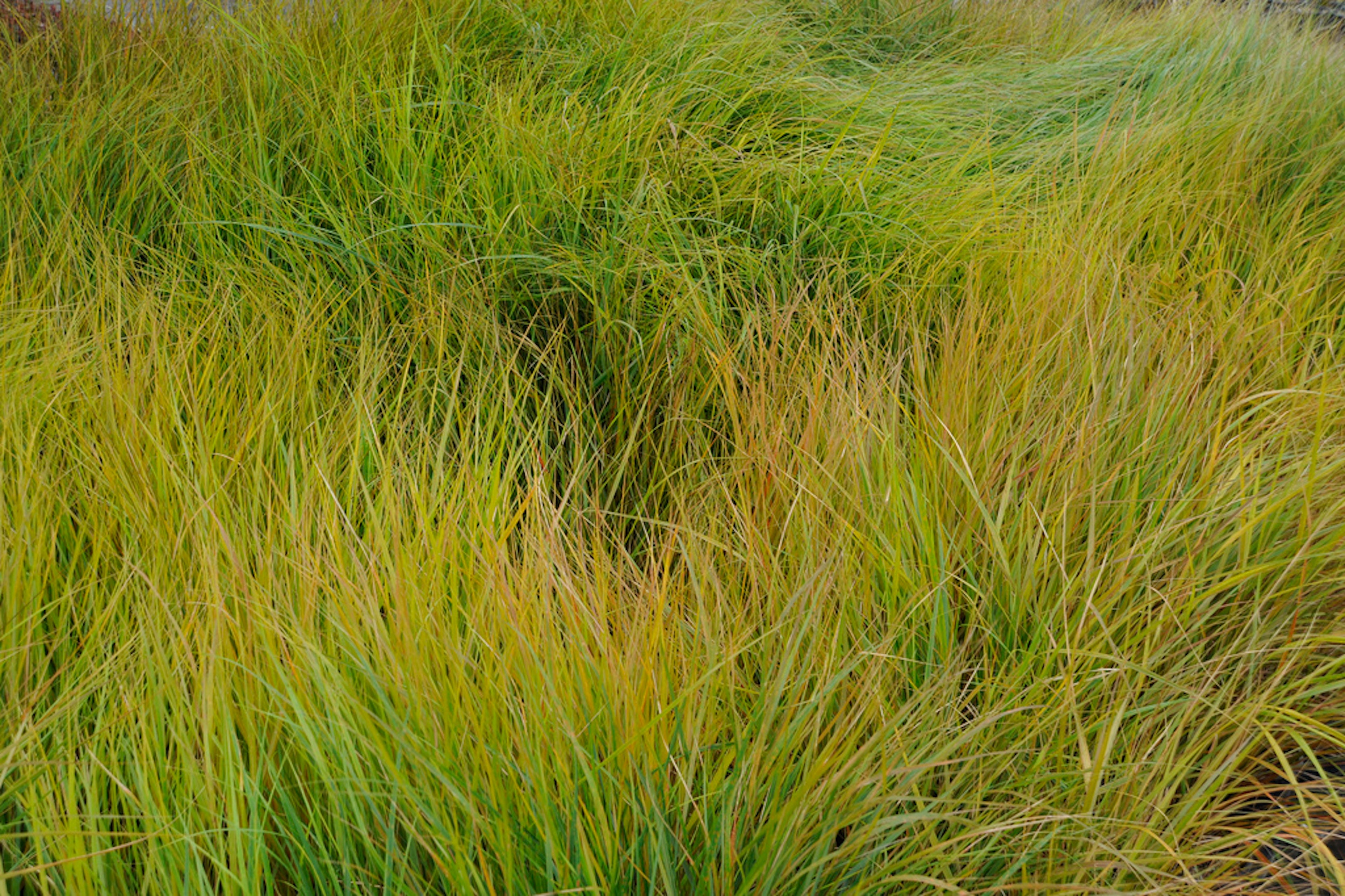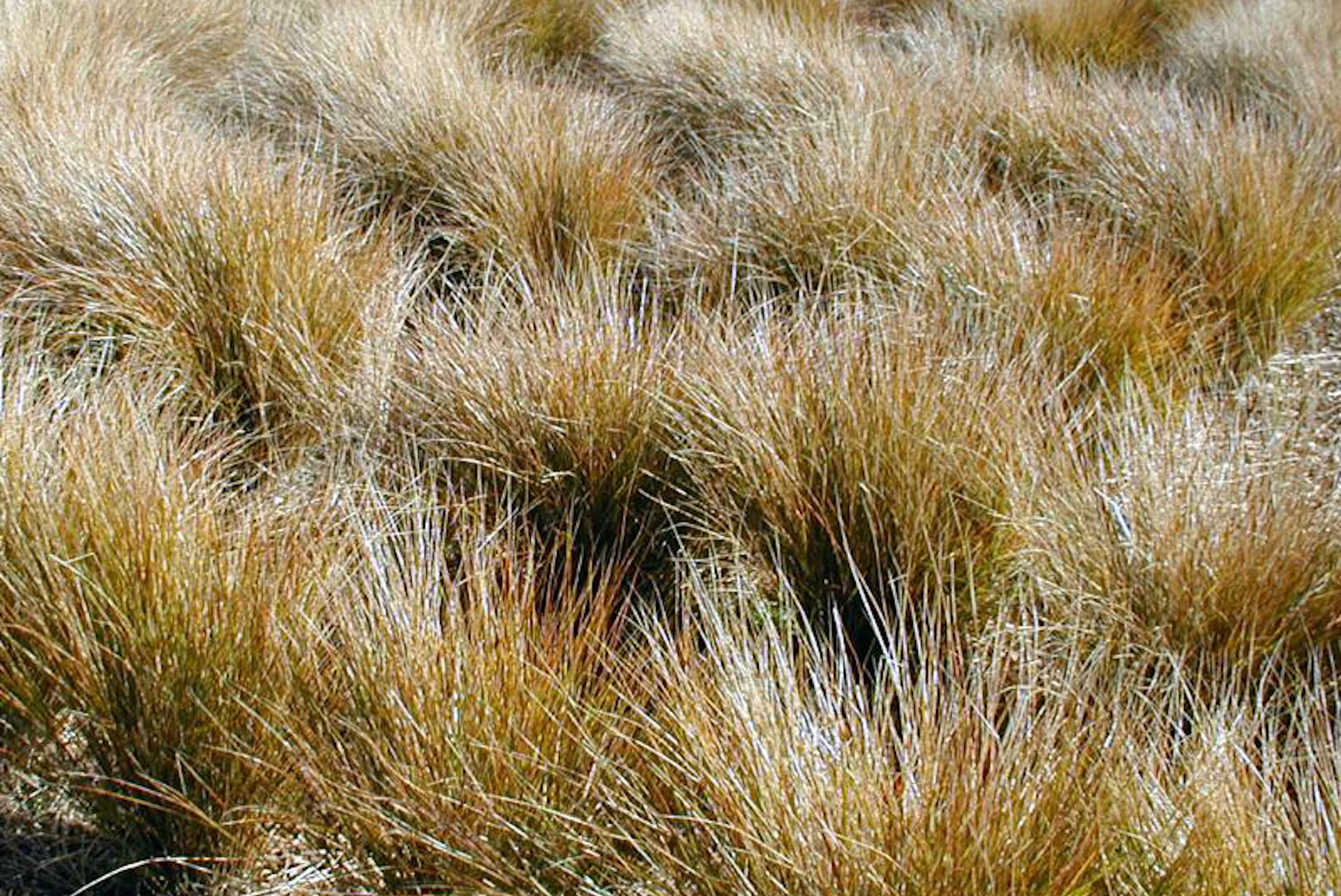Anemanthele lessoniana
Approx. 0.5 litre pot
About this cultivar:
Anemanthele lessoniana was once called Stipa arundinacea. It is a naturally rare grass in the wild but it is widely cultivated for use as an attractive ornamental garden plant. Deciduous in cold winters, but usually evergreen to semi-evergreen. It has green arching foliage with highlights of orange, copper, and gold, especially in drier soils. The subtle inflorescences appear as a fine mist, tinged with small purple and golden seed capsules known as awns. This plant has gained the Royal Horticultural Society's Award of Garden Merit. Specific epithet arundinacea means resembling a reed.
- Position: Full sun, partial shade
- Soil: Almost any soil, grows well in Ballyrobert
- Flowers: April, May, June, July, August, September, October, November
- Other features: Grows well in Ballyrobert
- Hardiness: H4 - Hardy through most of the UK (-10 to -5°C), Fully hardy, grows well in Ballyrobert
- Habit: Clump forming, tufted
- Foliage: Semi evergreen
- Height: 30 - 60 cm (1 - 2 ft)
- Spread: 30 - 60 cm (1 - 2 ft)
- Time to full growth: 2 to 5 years
- Plant type: Herbaceous Perennial, Grass like
- Colour: Green, yellow
- Goes well with: -
About this genus:
Anemanthele lessoniana was once called Stipa arundinacea, so lets stick to Stipa.....
Stipa (sty-pa) is a genus of around 300 large perennial hermaphroditic grasses collectively known as feather grass, needle grass, and spear grass. They are placed in the true grass family (Poaceae). It gets its name from the latin stuppa, meaning tow, in allusion to the silkiness of the flower spike.
Many species are important forage crops. Several species are used as ornamental plants. One species, esparto grass (Stipa tenacissima), is used for crafts and extensively in paper making.
Species of the genus Stipa can occur in grasslands or in savanna habitats. Certain specific prairie plant associations are dominated by grasses of the genus Stipa, which genus often lends its name to the terminology of some prairie types. In some areas of the western USA grasses of the genus Stipa form a significant part of the understory of Blue Oak savannas, and were even a more important element prehistorically before the invasion of many European grasses - the grass grown on sports fields and lawns in the USA is not native there!
Despite this prairie background many Stipa cultivars grow well on these islands - even in part-shade, wet areas. Try combining them with other praire style plants- Astrantia, Achillea etc. We also think they look great with Stachys and Roses.




